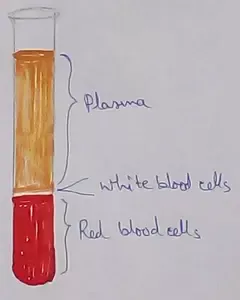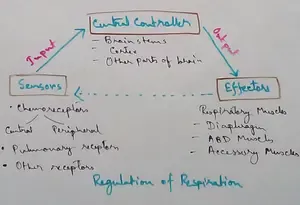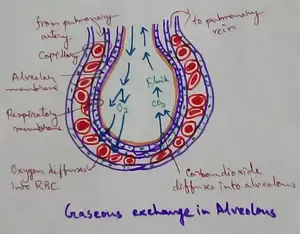Adaptation for Protection in Animals
We will discuss about the adaptation for protection in animals. Animals are hunted and eaten by other animals. So they need to adapt themselves in different ways to defend themselves from their enemies.
Some animals protect themselves by running away from their enemies. Some animals can run very fast such as deer, mice and zebras. Some animals have developed ways to merge with their surroundings then it becomes difficult to see the animal. This is known as camouflage.
A stick insect looks almost like a twig.
Chameleons can change the color of their skin to match their surroundings.
A white fur of a polar bear matches with the surrounding snow, making it difficult to spot the bear.
The stripes on a zebra or tiger make them hard to see in the
forest.
Some animals have spines or shells on their bodies to protect themselves. Porcupines and hedgehog senses danger, it rolls up into a ball. It then becomes very difficult for the enemy to attack it. Tortoises and snails have hard shells covering their bodies.
Some animals like opossums and snakes pretend to be dead when they are in danger. The globe fish can blow itself up to twice its normal size so that it looks bigger and scares away its enemy. If an enemy chases a flying fish it jumps out of the water and flies by spreading its large fins. Some animals like rhinoceros and buffaloes stand and fight. They use their horns for fighting.
From Adaptation for Protection in Animals to HOME PAGE
Recent Articles
-
What Is Plasma? | Blood Plasma | Proteins | Nutrients | Cholesterol
Nov 07, 25 10:29 AM
Blood is a mobile fluid which is a connective tissue and is derived from the mesoderm like cell any other connective tissue. Colour of blood is reddish and that flows inside the blood vessels by means… -
Disorders of Respiratory System | Tuberculosis | Pleurisy | Emphysema
Oct 28, 25 11:39 PM
Tuberculosis is very common disease and is caused by a type of bacteria called Mycobacterium tuberculosis. This disease causes different trouble in the respiration and infection of several parts of th… -
Regulation of Respiration | Respiratory Centres | Inspiratory Area |
Oct 14, 25 12:13 AM
Respiratory Centre is the area that controls the rate of respiration and it is observed to be located in medulla oblongata and pons. Respiratory Centre has the following will dispersed components like… -
Explain Transport of Gases | External Respiration | Tissue Respiration
Oct 09, 25 11:35 PM
In humans gaseous exchange is completed in the following ways the steps are - External Respiration or Breathing - Breathing in false taking in of Oxygen and giving out of carbon dioxide in the body. M… -
Kind and Number of Teeth | Location of Teeth in Mouth | Care of Teeth
Sep 11, 25 12:52 AM
Kind and Number of Teeth





New! Comments
Have your say about what you just read! Leave me a comment in the box below.